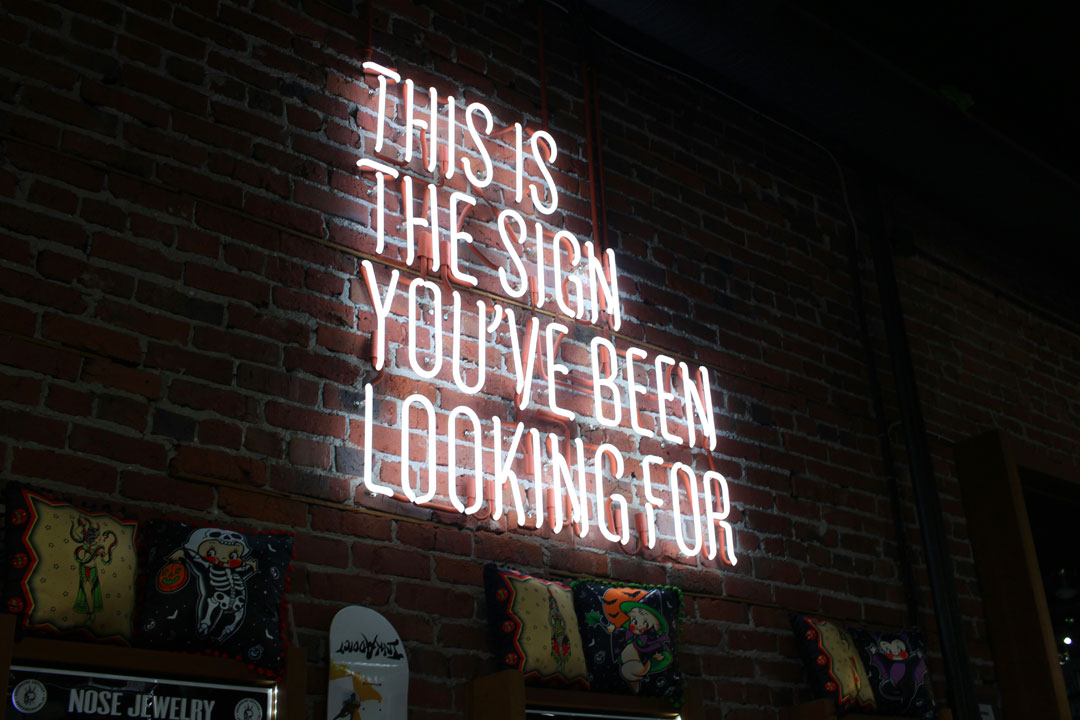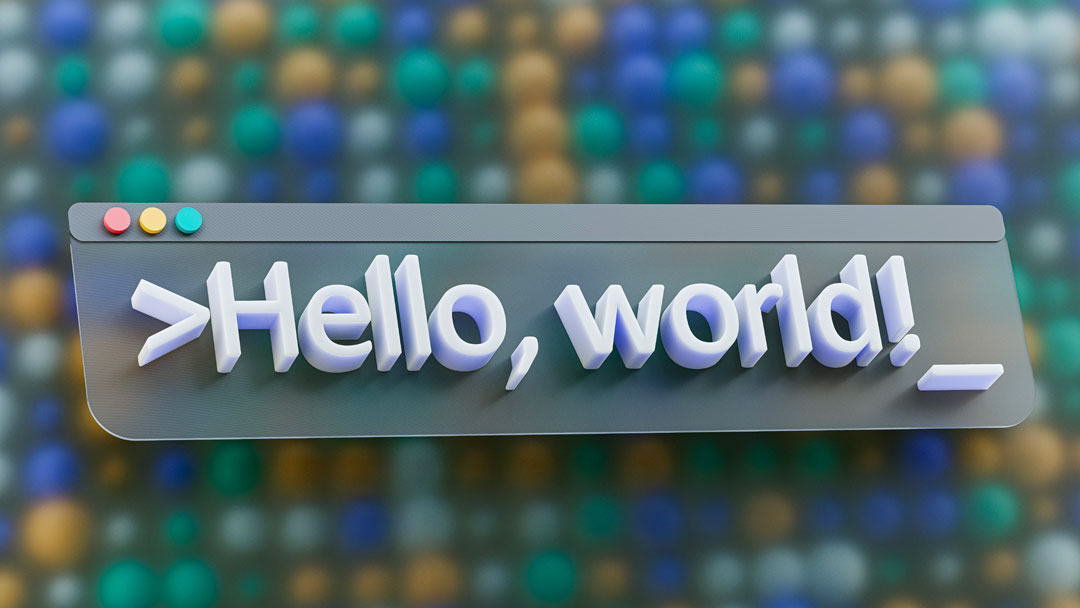Last week, I watched a founder spend three hours debating whether their logo should be 2 pixels wider. Meanwhile, their entire startup launch design was missing something far more critical: a story people would actually remember. It's a scene I've witnessed dozens of times—smart people getting lost in the details while the bigger picture dissolves.
The Design Hierarchy Nobody Talks About
Most founders approach their startup launch design backwards. They start with colors and fonts when they should be starting with conviction. The most successful launches I've seen share one trait: they design from the inside out, beginning with core beliefs and working toward visual expression.
Think about Notion's launch. They didn't lead with gradients or clever animations. They led with a philosophy about how work should feel—clean, flexible, human. Every design decision flowed from that center.
"The best brands don't explain what they do; they demonstrate who they are through every pixel," says 67961be73378773c7b3d3674.
Your startup launch design needs three foundational layers before you even think about aesthetics. First, articulate your contrarian belief about the world. Second, identify the specific feeling you want to create. Third, choose the one behavior you want to trigger. Everything else—colors, typography, interactions—serves these decisions.
Building Your Visual Language
Once your foundation is solid, visual design becomes surprisingly straightforward. Start with constraints, not possibilities. Pick two fonts maximum. Choose three colors that create tension, not harmony. Design for recognition at 32 pixels, not beauty at 1920.
Linear's approach offers a masterclass here. Their startup launch design uses systematic spacing, consistent shadows, and obsessive attention to micro-interactions. But none of it feels precious. It feels inevitable, like design that had to exist.
"Great design systems aren't built on rules—they're built on rhythms that users unconsciously learn and trust."
The teams at Metabrand often explore how emerging startups can create distinctive identities without massive budgets or armies of designers. The secret isn't complexity; it's coherence. Pick three design principles and apply them religiously across every touchpoint.
The Story Architecture
Your messaging architecture matters more than your information architecture. Users don't navigate features; they navigate narratives. The best startup launch design creates a clear story arc from first impression to committed user.
Consider how Warp positions their terminal. They don't sell features like "GPU acceleration" or "Rust-based architecture." They sell a feeling: being a developer from the future. Every interface choice reinforces that narrative—from the command palette design to the way text renders.
Map your user's emotional journey before their functional journey. What do they feel at each stage? Curious, skeptical, intrigued, convinced, delighted? Design for those emotional transitions, not just task completion.
Launch Day Isn't Day One
Here's what most founders miss: your startup launch design starts working weeks before anyone sees your product. The announcement tweet, the waitlist page, the beta invite email—these aren't marketing materials. They're the opening chapters of your brand story.
Tools like Figma have made it easier than ever to maintain design consistency across these touchpoints. But consistency without character is just noise. Each piece should feel like it could only come from you.
Build your launch sequence backwards. Start with the moment someone becomes a passionate advocate, then reverse-engineer every step that led them there. What small design decisions compound into conviction?
The Evolution Protocol
The hardest part about startup launch design isn't the launch—it's what happens next. Your design system needs to be rigid enough to maintain identity but flexible enough to evolve with learning. Build in variation points from day one.
Create what I call "design APIs"—modular components that can be recombined as you discover what resonates. Your color system should work at 20% and 200% of its current palette. Your typography should sing in both marketing pages and dense documentation.
The most successful startups treat their design language like code: versioned, documented, and constantly refactored. They know that launch is just the beginning of the conversation.
Design systems are living things. They grow, adapt, and occasionally need to be replanted entirely. The founders who understand this build brands that feel fresh five years later, while others feel dated in five months. The difference isn't talent or budget—it's recognizing that great design is never really done.










